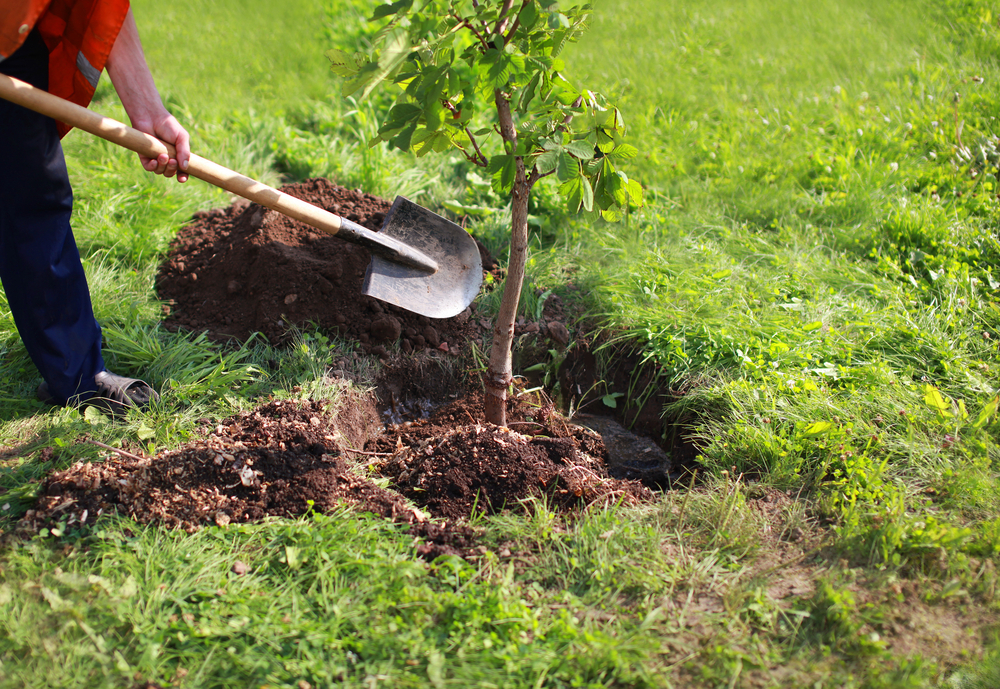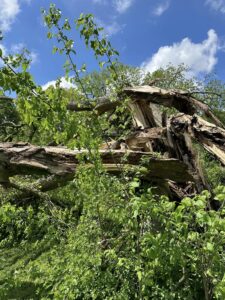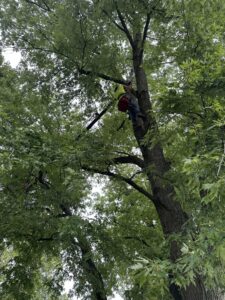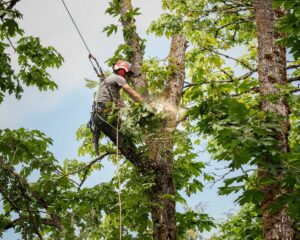Expert Tips for Planting and Maintaining Trees in Richmond VA
Richmond, Virginia, boasts a rich tapestry of natural beauty, with its lush greenery contributing significantly to its charm. Trees play a vital role in enhancing the aesthetic appeal of the city, but their significance goes beyond mere visual delight. They serve as guardians of the environment, purifying the air we breathe, mitigating the urban heat island effect, and providing habitat for diverse wildlife.
According to local tree experts, the benefits of trees in Richmond are manifold. They not only improve air quality by absorbing pollutants and releasing oxygen but also help conserve energy by providing shade and reducing heating and cooling costs. Moreover, trees increase property values and enhance the overall quality of life in neighborhoods.
Choosing the Right Tree for Your Landscape
Selecting the perfect tree for your landscape in Richmond requires careful consideration of various factors. Local climate, soil conditions, and available space are key determinants in choosing a tree species that will thrive. Consulting with arborists or visiting a local nursery can provide valuable insights into suitable tree species for your specific needs.
When choosing a tree, it’s essential to consider its mature size and growth habits to ensure it fits harmoniously within your landscape. Additionally, assess the desired benefits of the tree, whether it’s providing shade, attracting wildlife, or adding aesthetic value to your property.

Preparing for Planting: Location and Site Preparation
Before planting a tree, thorough site preparation is crucial for its long-term health and vitality. Begin by selecting an appropriate location that offers adequate sunlight, proper drainage, and sufficient space for the tree to grow to its full potential.
Check for underground utilities to avoid damaging utility lines during the planting process. It’s also essential to consider the proximity of buildings, sidewalks, and other structures, ensuring the tree won’t cause any future conflicts.
Once the location is chosen, prepare the planting site by loosening the soil and removing any debris or weeds. Incorporating organic matter into the soil can improve its structure and fertility, providing an optimal environment for root growth.
The Proper Way to Plant a Tree
Proper planting technique is critical for the establishment of a healthy tree. Follow these steps to ensure success:
- Dig a hole that is twice as wide as the tree’s root ball and slightly shallower than its depth.
- Gently remove the tree from its container or burlap wrapping, being careful not to disturb the roots.
- Loosen any circling roots and spread them out in the planting hole.
- Backfill the hole with soil, gently firming it around the roots to remove air pockets.
- Water the tree thoroughly to settle the soil and encourage root establishment.
- Mulch around the base of the tree, keeping it away from the trunk to prevent moisture retention and fungal issues.
Caring for Young Trees: Watering, Mulching, and Fertilizing
Proper care during the early stages of a tree’s life is crucial for its development and resilience. Here are some tips for caring for young trees:
- Watering: Newly planted trees require regular watering, especially during dry periods. Deep, infrequent watering encourages deep root growth and helps the tree withstand drought conditions.
- Mulching: Apply a layer of organic mulch around the base of the tree to conserve moisture, suppress weed growth, and regulate soil temperature. Maintain a mulch-free zone around the trunk to prevent moisture-related issues.
- Fertilizing: While young trees may benefit from supplemental fertilization, it’s essential to avoid over-fertilizing, which can lead to nutrient imbalances and root burn. Use a slow-release fertilizer specifically formulated for trees, applying it according to the manufacturer’s instructions.
Pruning Techniques for Healthy Growth
Pruning plays a vital role in maintaining the health and structure of a tree. Follow these guidelines for proper pruning:
- Prune during the tree’s dormant season to minimize stress and promote rapid healing.
- Remove dead, diseased, or damaged branches to prevent the spread of pests and diseases.
- Avoid topping or excessive pruning, as it can compromise the tree’s structural integrity and lead to weak growth.
- Make clean cuts at the branch collar, avoiding leaving stubs or damaging the branch bark.
Regular pruning helps improve airflow and sunlight penetration within the canopy, reducing the risk of fungal diseases and promoting overall tree health.
Dealing with Common Tree Pests and Diseases
Despite their resilience, trees in Richmond are susceptible to various pests and diseases. Early detection and intervention are key to preventing widespread damage. Keep an eye out for common issues such as:
- Emerald Ash Borer: This invasive insect poses a significant threat to ash trees in the region. Look for signs of infestation, such as D-shaped exit holes and canopy dieback, and consult with a professional arborist for treatment options.
- Anthracnose: A fungal disease that affects a wide range of tree species, anthracnose causes leaf spotting and premature defoliation. Proper sanitation and fungicidal treatments can help manage the disease.
- Bagworms: These caterpillars feed on the foliage of many tree species, causing significant damage if left unchecked. Manual removal of bags and insecticidal treatments are effective control measures.
Regular inspections and proactive management practices are essential for maintaining the health and vigor of trees in Richmond.

Winter Tree Care Tips
Winter can be a challenging time for trees, especially in regions prone to harsh weather conditions. Protect your trees during the winter months with these tips:
- Wrap vulnerable trees: Use burlap or tree wraps to protect young or susceptible trees from frost damage and sunscald.
- Prune during dormancy: Take advantage of the dormant season to prune trees, removing dead or damaged branches and improving overall structure.
- Remove snow buildup: Brush off heavy snow accumulation from tree branches to prevent breakage and damage to limbs.
By providing proper care and protection during the winter months, you can help your trees withstand the rigors of the season and emerge healthy and vibrant come spring.
Conclusion:
In conclusion, trees are invaluable assets to the city of Richmond, providing a myriad of benefits to both residents and the environment. By choosing the right tree species, following proper planting and maintenance techniques, and staying vigilant against pests and diseases, homeowners can contribute to the health and beauty of their landscapes.
Remember, the benefits of trees extend far beyond aesthetics. They improve air quality, reduce energy costs, and enhance property values, making them an essential component of any sustainable urban environment. So, roll up your sleeves, grab your shovel, and start planting – the future of Richmond’s urban forest depends on it!
Tree Trimming Richmond
(804) 533-3943
https://treetrimmingrichmond.com/



